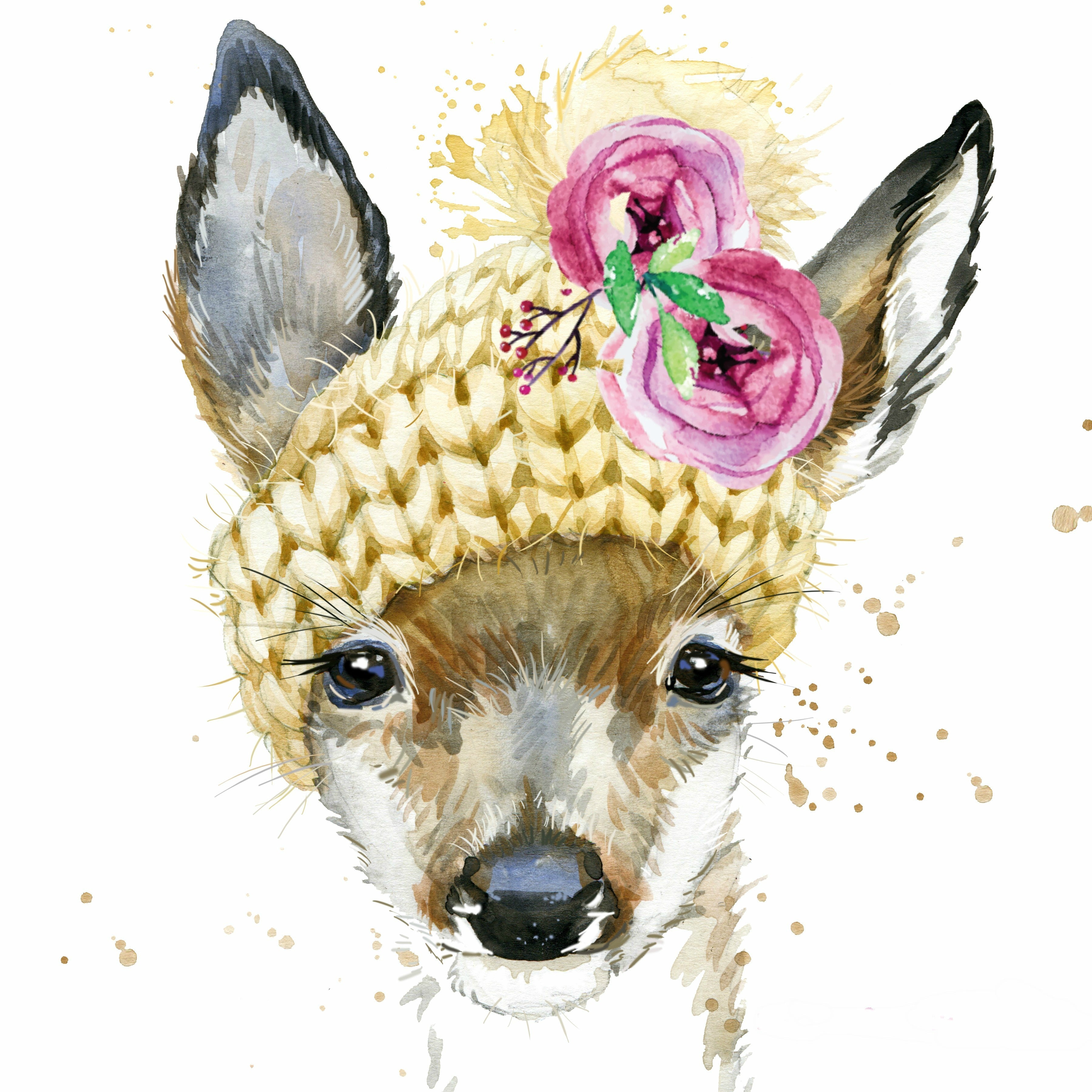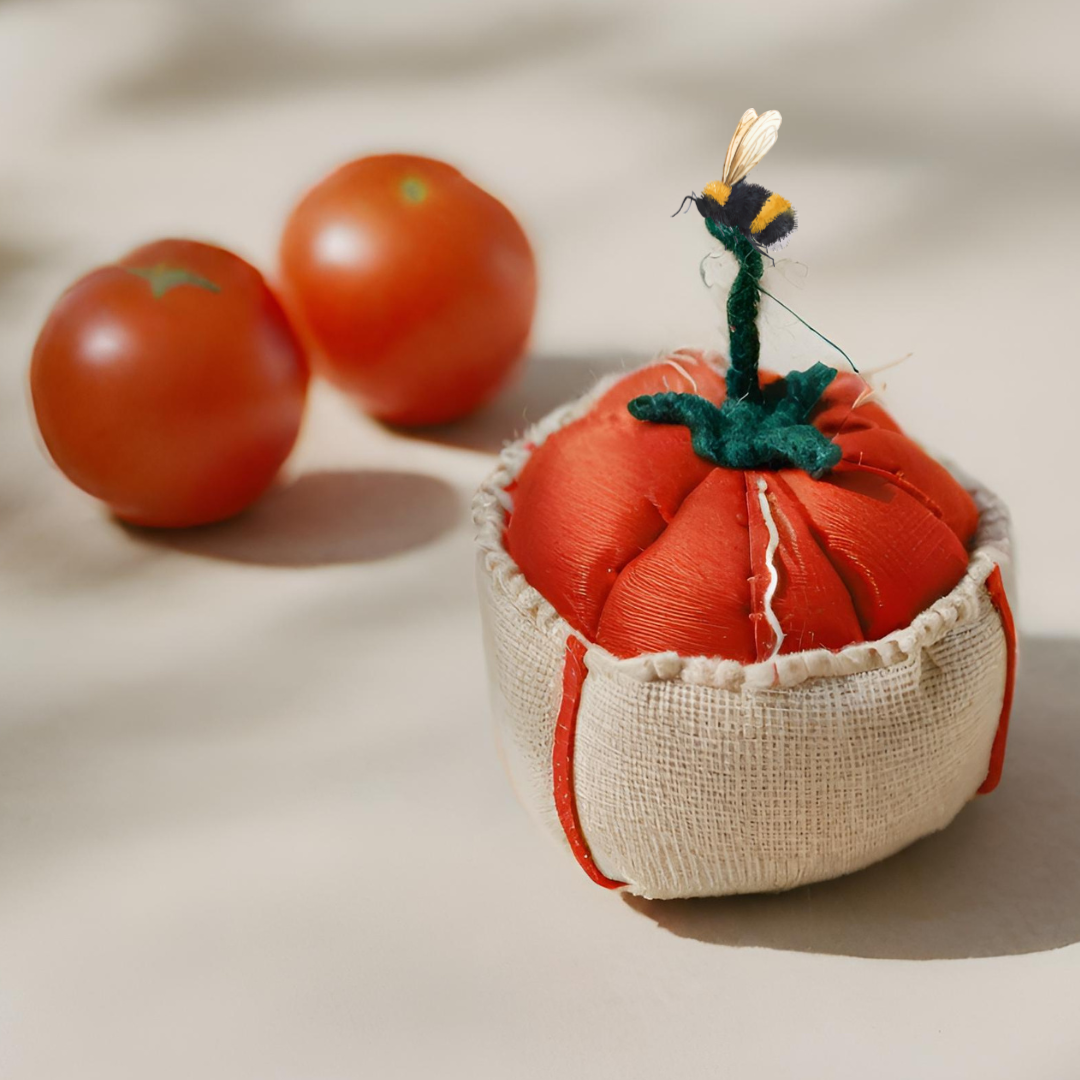Pin cushions are an indispensable tool for needlework enthusiasts, providing a safe and convenient storage solution for needles. However, have you ever wondered why these trusty accessories are typically shaped like tomatoes?
Why Are Pin Cushions Shaped Like Tomatoes?
The Surprising Origins Behind this Needlework Essential
Pin cushions are a staple of any sewing kit, but have you ever wondered why they are typically shaped like tomatoes? It turns out that the history behind this common needlework essential is anything but ordinary.
From superstitious beliefs to practicality and cultural symbolism, the origins of tomato-shaped pin cushions offer a fascinating glimpse into centuries-old traditions and craftsmanship techniques. In this revealing article, we will delve deep into the surprising reasons behind this peculiar choice of design, shedding light on why your pin cushion might just be more than meets the eye. Prepare to uncover an intriguing tale that intertwines fashion, folklore, and functionality in ways you've never imagined before.

The Superstitions and Folklore Surrounding Tomato-Shaped Pin Cushions
1. Warding off Evil Spirits:
Tomato-shaped pin cushions were believed to possess spiritual powers that could ward off evil spirits in olden times. The red color of the tomato symbolized protection and good luck, making it an ideal shape for a pin cushion. By keeping pins stuck into the tomato, it was thought that negative energy would be absorbed and prevented from affecting the seamstress or their work.
2. Health and Prosperity:
In addition to their protective qualities, tomato-shaped pin cushions were also associated with health and prosperity. Some cultures believed that having a tomato pin cushion in your sewing room or home would bring good fortune and ensure a healthy life for both the needleworker and their family. It became common practice to gift these pin cushions to newlywed couples as a symbol of well wishes for their future together.
3. Fertility Symbol:

Interestingly, tomato-shaped pin cushions were seen as fertility symbols in certain regions. Due to their resemblance to ripe fruits bursting with seeds, they represented abundance and growth not only in crafting but also in matters of reproduction. In some communities, giving a bride-to-be a tomato pincushion was believed to bring her luck in conceiving children while also bestowing upon her blessings for a fruitful marriage.
A Practical Choice: How Tomatoes Became the Perfect Design for Pin Cushions
The Practical Nature of the Tomato Pin Cushion
The choice to use tomatoes as pin cushions is rooted in their practicality. 
- Tomatoes had strong cultural associations with fruits and vegetables, which made them a relatable and accessible everyday item for women.
- Their size and shape made them easy to hold onto while sewing, and their roundness prevented pins from rolling away or getting lost.
- Additionally, the red color of ripe tomatoes made it easier to locate pins against the fabric.
Traditional Remedies Influence Design Choice
Another factor that influenced the design choice was traditional remedies commonly used by seamstresses during that era.
- It was believed that filling a tomato with emery sand would help sharpen dull needles when they were poked into the cushion.
- Emery sand, derived from natural mineral deposits, acted as an abrasive agent that could remove small burrs or rust from needles.
- This suggestion for needle maintenance further solidified the association between tomatoes and pin cushions.
Overall, these practical considerations combined with traditional beliefs created a perfect match between tomatoes and pin cushions—a design choice that has stood the test of time.
Cultural Symbolism: Exploring the Meaning Behind Tomato-Shaped Pin Cushions
Symbolism of Tomato-Shaped Pin Cushions
Tomato-shaped pin cushions, though seemingly random, hold deep cultural symbolism.
- Wealth and prosperity: In the Victorian era, where tomatoes were considered exotic and expensive, owning a tomato-shaped pin cushion was seen as a symbol of wealth and abundance.
- Protection against evil spirits: Folklore suggests that placing a tomato near the front door protects homes from negative energy. This belief transferred to pin cushions shaped like tomatoes being used as talismans against evil spirits in the world of needlework.
Gender roles and women's empowerment
The use of tomato-shaped pin cushions also reflects gender roles and women's empowerment throughout history.
- The connection between tomatoes and femininity: The red color of the tomato is often associated with sensuality, passion, and feminine energy. By using tomato-shaped pin cushions, women were subtly asserting their presence in traditionally male-dominated areas of work.

- Encouragement for economic independence: As sewing became a common skill among women during industrialization, these needlework essentials symbolized their ability to earn money from home. Tomato-shaped pincushions served as reminders for women to embrace economic independence through their craft.
Historical Evolution: Tracing the Origins of Tomato-Shaped Pin Cushions
Pin cushions have been an essential tool for needlework enthusiasts throughout history. From humble beginnings as simple pillows made from scraps of fabric, they evolved into unique shapes that often reflected cultural trends and beliefs.
18th Century: A Curious Trend Emerges
During the 18th century, pin cushions started to take on more imaginative forms, including fruits like strawberries, grapes, and even tomatoes. The tomato-shaped pin cushion gained popularity during this time due to its vibrant red color and resemblance to a real tomato.
Victorian Era: Symbolism and Practicality Combined
In the Victorian era, pin cushions became not only functional tools but also objects rich in symbolism. The use of tomato-shaped pin cushions primarily served as a reminder to keep pins sharp; just like piercing a ripe tomato with a dull knife causes it to squash easily, working with blunt needles could ruin delicate fabrics. This practical reasoning was blended with superstition surrounding tomatoes at the time - they were believed to bring good luck and repel evil spirits!
The Craftsmanship Techniques Behind Tomato-Shaped Pin Cushions
Pin cushions shaped like tomatoes have a long history in needlework, dating back to the Victorian era. These charming and practical sewing accessories were often handmade by skilled artisans using traditional craftsmanship techniques.
1. Embroidery
One of the key techniques used in crafting tomato-shaped pin cushions is embroidery. Skilled craftsmen would carefully stitch intricate patterns onto the fabric surface using colored threads, creating beautiful designs such as flowers or leaves. This meticulous embroidery work not only added decorative appeal but also enhanced the overall durability of the pin cushion.
2. Gathering and Stuffing
To achieve the signature plumpness of tomato-shaped pin cushions, craftsmen employed gathering and stuffing techniques. Multiple layers of fabric were gathered together at one end and securely stitched, effectively creating a rounded shape resembling a small tomato. Next, they would fill this fabric pouch with soft materials such as cotton or wool batting to provide ample support for the pins while retaining their sharpness.
With these old-world craftsmanship techniques combined with attention to detail, artisans created exquisite tomato-shaped pin cushions that continue to be cherished needlework essentials today.
(You will also enjoy reading this blog: '' How to Make a Pin Cushion '')
Iconic Designs: Famous Tomato-Shaped Pin Cushions Throughout History
- Victorian Symbolism: During the Victorian era, pin cushions shaped like tomatoes gained popularity as a symbolic representation of prosperity and protection. Tomatoes were considered exotic fruits and were believed to ward off evil spirits due to their vibrant red color.
- Innovative Folk Art: Inspired by the symbolism attached to tomato-shaped pin cushions, creative individuals began crafting elaborate designs using fabric scraps and embroidery techniques. These folk art pieces often featured intricate details such as beadwork or miniature decorative pins.
- Collectible Works of Art: Today, tomato-shaped pin cushions have become highly collectible items for needlework enthusiasts and antique collectors alike. Vintage designs from the early 20th century can fetch high prices at auctions and are admired for their craftsmanship and historical significance.
*Tomato-shaped pin cushions continue to be cherished not only for their functionality but also for the stories they tell about cultural beliefs and artistic expression throughout history.
The Global Appeal: Tomato-Shaped Pin Cushions in Different Cultures
Tomatoes as Symbolic Icons
In different cultures around the world, tomato-shaped pin cushions have become iconic symbols in needlework. The vibrant red color and round shape of tomatoes make them visually appealing for this purpose.
A Cultural Connection

- United Kingdom: In the United Kingdom, tomato-shaped pin cushions are often associated with good luck and protection against evil spirits. This belief dates back to Victorian times when the tomato was considered rare and expensive, making it a valuable object to ward off negativity.
- United States: In the United States, these pin cushions gained popularity during the Great Depression when resources were scarce. Women would fill them with sawdust or fabric scraps to create something useful out of small remnants. They became a symbol of resourcefulness and creativity during challenging times.
- Spain: In Spain, tomato-shaped pin cushions are known as "tomate de alfiler" or "pincheras." They are used primarily by dressmakers and tailors who appreciate their practicality and quirky charm.
Overall, regardless of cultural variations, the common thread across all countries is that tomato-shaped pin cushions serve both functional and symbolic purposes in traditional needlework practices.
Modern Interpretations: Contemporary Uses and Designs of Tomato-Shaped Pin Cushions
Today, tomato-shaped pin cushions continue to be a staple in the world of needlework. They have evolved beyond their initial functional purpose and become fashionable accessories for seamstresses around the globe. 
- Versatility: These pin cushions are not only used to store pins but also as decorative pieces on sewing tables or display shelves. With an array of colors, patterns, and materials available, they can complement any sewing space.
- Practicality: The size and shape of the tomato allow for easy gripping while securely holding multiple pins. This ensures that your valuable sewing tools stay organized in one place during your projects.
- Sentimental Value: For many crafters, owning a tomato-shaped pin cushion is reminiscent of traditional needlework practices passed down through generations. It serves as a cherished heirloom item that represents family history and the love for stitching.

With their resilience throughout history combined with modern interpretations, it's clear why tomato-shaped pin cushions remain relevant today. Seamstresses continue to appreciate both their functionality and aesthetic appeal – making them an enduring symbol in the art of needlework.
What Marta has to say about the mystery of the tomato pincushion?
Related blog posts:
How to embellish a pin cushion with decorative buttons


